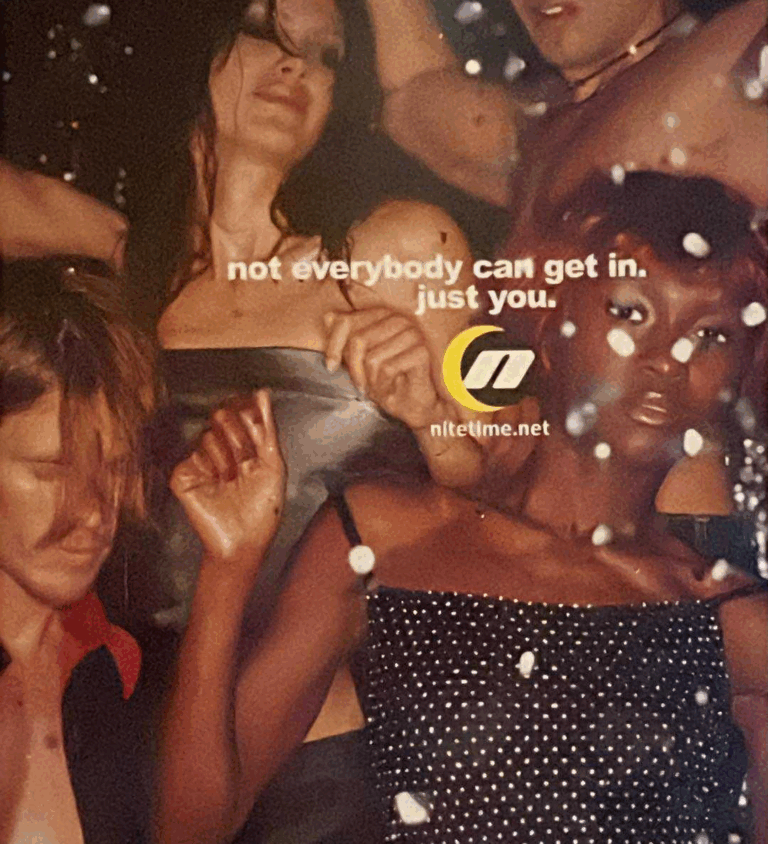
In 1620, the Mayflower landed at Plymouth Rock. The passengers who stepped off that ship were not seeking convenience or personal freedom as we understand it today—they were seeking survival. The realities of life in early colonial America were defined by hard labor, uncertain harvests, and dependence on both community and Providence. Days were spent clearing trees, planting crops, preserving food, and repairing tools. Winters were long and cruel. Illness and injury often went untreated. Everything—from candles to clothing—was made by hand, often at home.
As the colonies expanded through the 1600s and into the 1700s, the rhythms of life remained rooted in seasonal work. Spring brought planting. Summer brought maintenance and growth. Autumn meant harvest and preservation. Winter was the time of rest and repair, when families huddled near the hearth and hoped the food would last. Children worked beside their parents from a young age. Education, where available, was a privilege. Books were few and precious. Community life centered around churches, barn raisings, and local trade.
By the time of the American Revolution in the late 1700s, life was beginning to change. Towns had grown. Trade had expanded. Roads and post riders brought news from afar. Still, for most people—especially outside of cities—daily existence remained grounded in labor, faith, and family. People lived close to the land and with limited access to tools or materials beyond what could be bartered or handmade.
The 1800s brought industrialization. For the first time, machines began to ease the burden of some labor. Steam-powered mills, railroads, and improved tools shifted the pace and scope of daily life. Factory work emerged, especially in the Northeast. In rural areas, farming remained dominant, but with access to cast-iron stoves, store-bought nails, and mail-order catalogs, even small towns began to feel the effects of modernity.
With the late 1800s and early 1900s came more pronounced changes: electricity, indoor plumbing, refrigeration. Cities grew rapidly. Public schools spread. Roads improved. Yet even into the early 20th century, many American households—especially in rural areas—continued to rely on gardens, livestock, and tight-knit family structures. Life was still shaped by practical limits: how much light you had, how far you could walk, how much wood you could chop, and what the weather allowed.
The mid-20th century brought a wave of innovation that fundamentally reshaped daily life. Automobiles, telephones, household appliances, and a booming economy after World War II led to greater leisure time and individual mobility. Suburbs replaced villages. Television replaced storytelling. Processed food replaced home-canning. The rhythms of life changed—not because of hardship, but because of abundance.
In the 21st century, much of daily life has become abstracted. Technology has removed many physical limits: we work remotely, shop instantly, connect globally. We have more choices than ever, but less necessity. Family size has declined, not just because of economics, but because children are no longer essential to the household’s survival or labor. Culture is increasingly shaped by media and platforms, not by weather, harvest, or neighborly exchange.
Across four centuries, American life has moved from survival to comfort, from communal to individual, from hands-on to digital. Every generation has faced its own reality, shaped by tools, technology, environment, and necessity. What remains constant is the human need to adapt, belong, and make sense of the world around us.
Understanding how people once lived—not with judgment, but with humility—helps us appreciate the incredible flexibility of the human spirit. The truth is that reality always matters. Whether chopping wood in 1723 or navigating broadband in 2023, we are all shaped by the conditions of our time. But by remembering where we came from, we can better understand who we are—and where we might be going.


